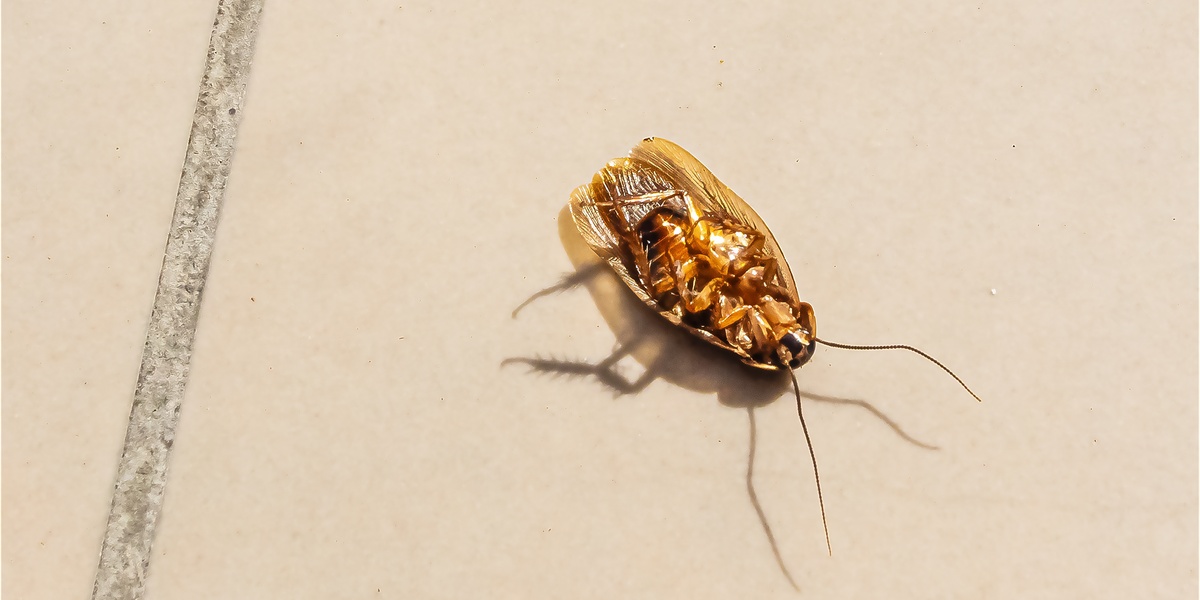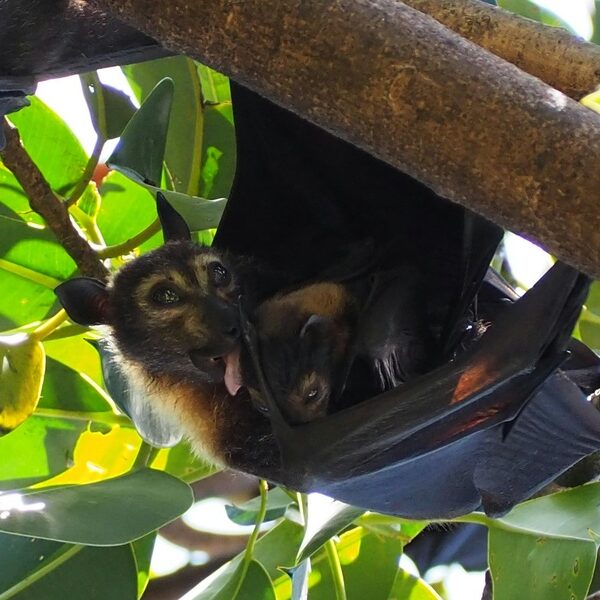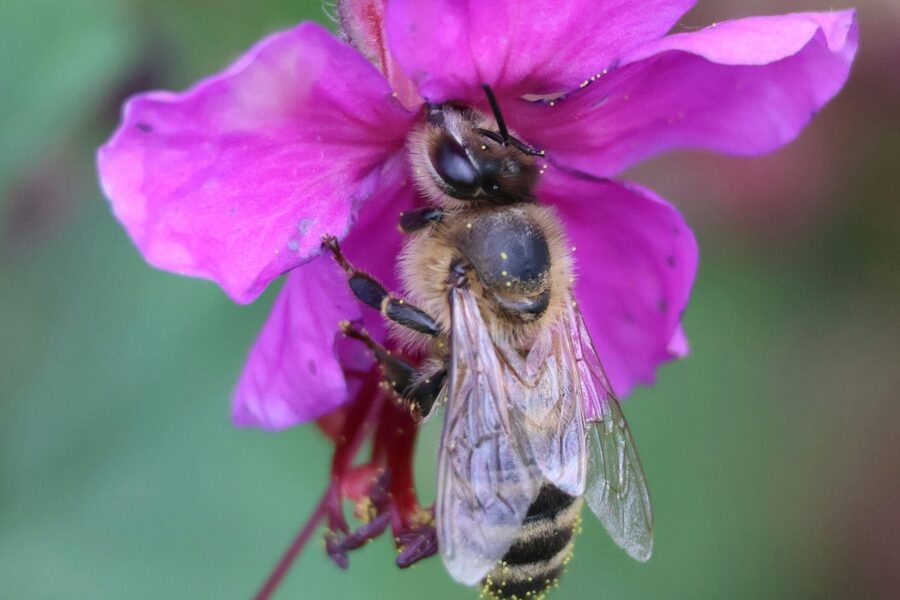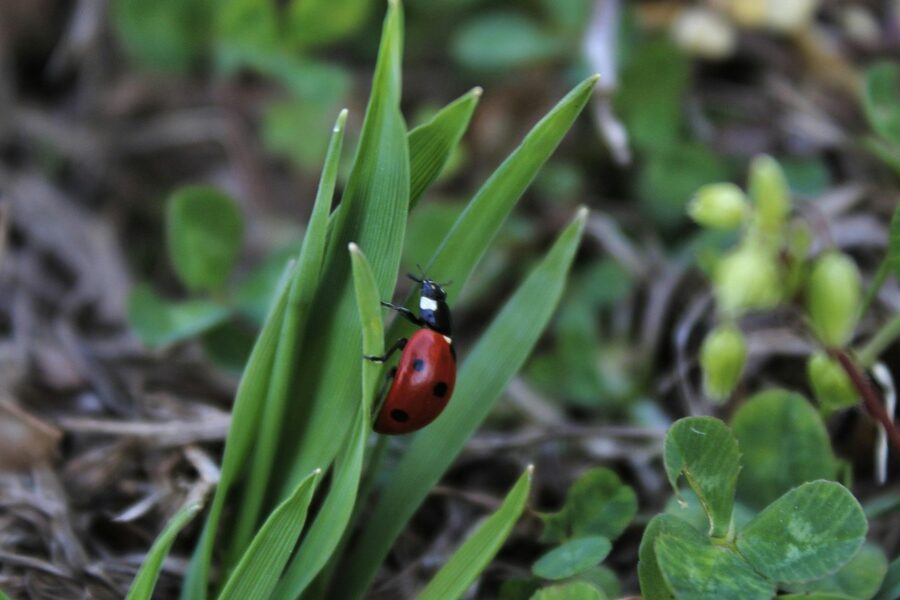Fossil relatives of modern cockroaches date back roughly 300 million years to the Carboniferous, which makes these survivors older than dinosaurs and human agriculture. That deep history shows up in simple, effective designs: bodies built for slipping into shelter, sensors tuned to faint cues, and life cycles that turn favorable indoor conditions into fast population growth. The German cockroach, Blattella germanica, is a familiar example in kitchens and restaurants, and its success helps explain why pest control and public-health agencies keep watching this group.
You should care because cockroaches matter at several levels: they contaminate food and trigger allergies (see CDC guidance), they complicate pest management in multi-family housing and food service, and researchers study their movement and sensing for robotics and biomimicry. They’re also detritivores in many ecosystems, breaking down decaying matter.
This piece lays out 10 defining features grouped into four parts: anatomy & senses; behavior & ecology; reproduction & life cycle; and adaptations & resilience. Read on for concrete numbers, species examples, and practical implications for homes and research, then we’ll move into the anatomical and sensory traits that underpin much of their behavior.
Anatomy & Senses
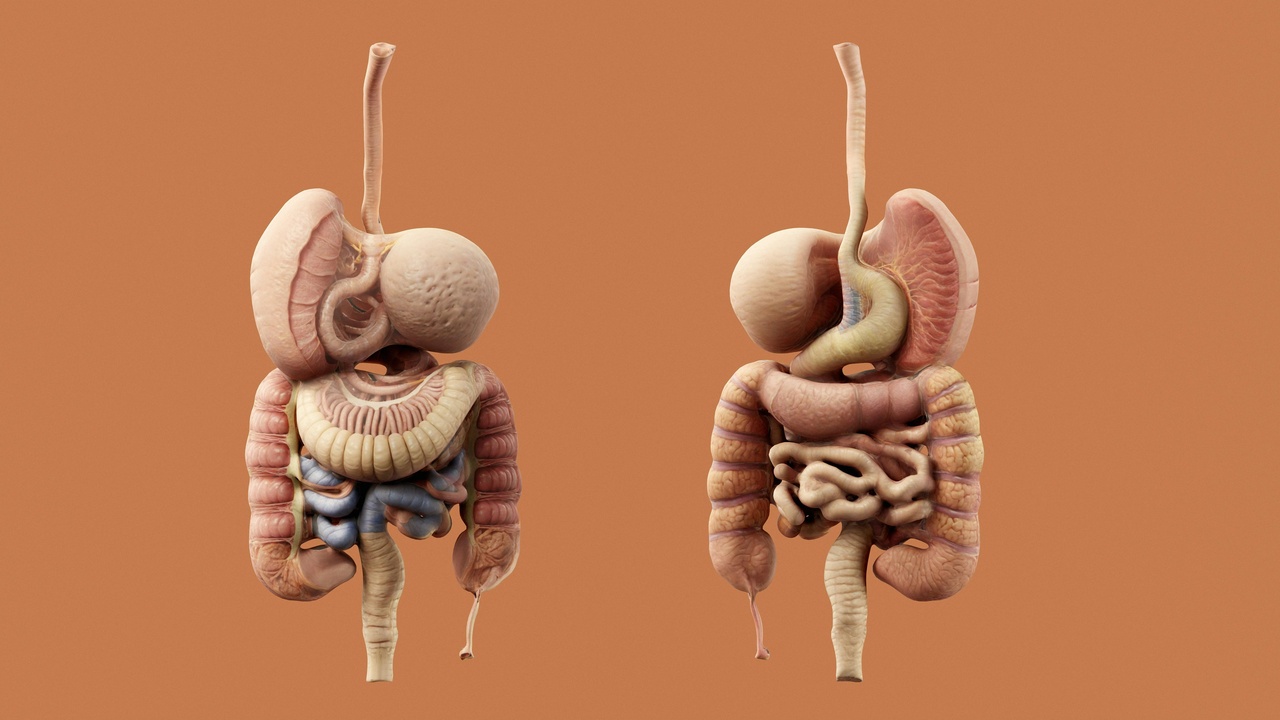
Many defining features of cockroaches are morphological or sensory—shape, shell, antennae, legs and rear sensors all shape how they find food and escape threats. Below are four key anatomical and sensory traits and why each matters in buildings and field studies.
1. Flattened, oval body and protective exoskeleton
Cockroaches have a dorsoventrally flattened, oval body covered by a chitinous exoskeleton that resists abrasion and reduces water loss. That flattened profile lets them wedgle into narrow crevices—often only a few millimeters high—so walls, appliance gaps and voids become ideal harborages.
Adult Periplaneta americana (American cockroach) typically measure roughly 30–45 mm in body length (about 1.2–1.8 inches), yet their compressed bodies let them exploit openings far smaller than their width. Extension accounts from university entomology collections note that these traits complicate exclusion efforts in buildings.
For pest-proofing, that means focusing on sealing tiny gaps around plumbing, electrical conduits and appliances rather than only obvious holes. See university extension pages for exact dimension recommendations when caulking or installing door sweeps.
2. Long, highly sensitive antennae for chemical and tactile sensing
Cockroach antennae are long—often as long as or longer than the body—and packed with sensory sensilla that detect odors, humidity gradients and tactile cues. Antennae help them locate food scraps, follow trails, and negotiate dark, cluttered spaces.
Research in sensory biology shows antennae detect chemical cues at very low concentrations and guide exploration in complete darkness; antennectomized individuals perform poorly in lab navigation tests. Applied pest control exploits this chemoreception—bait stations carry food-based attractants that antennae detect from a distance.
For species differences: Blattella germanica has proportionally long antennae for its size, which supports its strong indoor foraging and social interactions, while larger Periplaneta species rely on similar chemosensory systems but cover different spatial scales.
3. Rapid, spiny legs adapted for sprinting and climbing
Cockroaches have long, multi-segmented legs with rows of spines on the tibiae and tarsi that provide traction on rough and smooth surfaces. The leg morphology supports both fast sprints and confident climbs up vertical walls.
Some species reportedly reach speeds up to about 3 miles per hour, which translates to dozens of body-lengths per second—fast enough that a human’s casual movement flushes them before a hand or shoe can catch them. Locomotion studies in journals like the Journal of Experimental Biology quantify these escape runs.
Engineers and roboticists (for example, labs studying insect-inspired locomotion at universities) study cockroach gait because it’s robust on cluttered terrain. For pest control this means traps and barriers need to account for both sprinting and climbing—sticky traps work on known pathways, but vertical access points remain trouble spots.
4. Cerci and other mechanosensory organs alert them to air movements
Cerci are paired appendages at the posterior that detect minute air currents produced by approaching predators or sudden disturbances. They feed into fast neural circuits that trigger rapid escape reflexes, often within tens of milliseconds in laboratory startle assays.
In practical terms, a quick puff of air, opening a cupboard or switching on a bright light produces the air disturbance and visual cue that flushes roaches out of harborages. Classic sensory-physiology papers and university entomology notes describe these reflexes and their ecological role.
Understanding cerci-mediated startle responses helps technicians time inspections and choose approaches that minimize flushing roaches into sensitive areas during treatments.
Behavior & Ecology
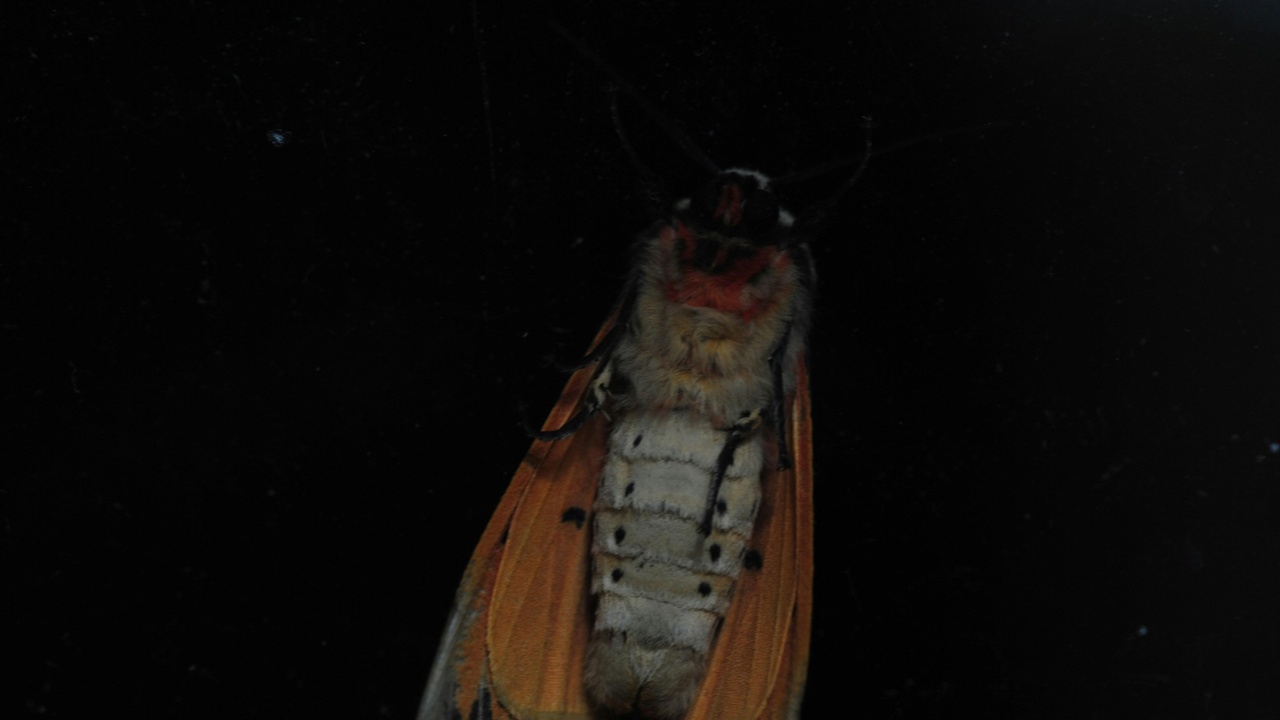
Behavior and feeding ecology make cockroaches efficient scavengers in human environments: they’re mostly active at night, eat a broad range of organic materials, and use pheromones to aggregate. Those habits shape monitoring and control strategies in homes and commercial kitchens.
5. Nocturnal habits and negative phototaxis (avoidance of light)
Most synanthropic cockroaches are primarily active at night and show negative phototaxis—an avoidance of bright light. Monitoring data and timed counts typically show peaks in activity in the hours after dusk, with reduced movement during daylight in occupied buildings.
This nocturnality reduces detection by people and helps roaches forage when kitchens and restaurants are quiet. For inspections, sticky traps and bait placements near known nocturnal pathways (behind refrigerators, under sinks) often yield better detection than daytime checks.
German cockroach surveys in apartments and food-service settings consistently record higher catches overnight, which is why night inspections or leaving traps in place for 24–72 hours is standard practice for technicians.
6. Omnivorous, scavenging diet — very flexible feeding habits
Cockroaches are opportunistic omnivores: they consume plant debris, starches, grease, cardboard, book bindings, pet food and decaying organic matter. Entomology extension literature emphasizes this broad diet as a key reason they thrive in human structures.
Field surveys and observational studies often report a large portion of diet coming from decaying or processed human foods—some studies find a majority of consumed material in urban roach scat is anthropogenic. EPA and CDC materials also connect these feeding habits to allergen production and possible contamination of stored food.
Practically, bait selection and placement should reflect local food sources—greasy, high-starch or protein baits work best where those items are available—and good sanitation (removing crumbs, storing food) directly reduces carrying capacity for populations.
7. Aggregation behavior and use of pheromones
Cockroaches release aggregation pheromones in feces and glandular secretions that attract conspecifics to safe microhabitats. Behavioral assays show individuals prefer harborages with cues from group members, which stabilizes group distributions in a structure.
This chemical ecology has applied implications: clustering means baited stations near known harborages can concentrate foraging individuals, but it also means that failing to clean or remove fecal cues can perpetuate infestations. Extension research demonstrates sanitation reduces visible aggregation and makes treatments more effective.
Integrated strategies that combine baiting, targeted insecticides and sanitation to remove aggregation cues tend to outperform lone tactics in multi-unit settings.
Reproduction & Life Cycle
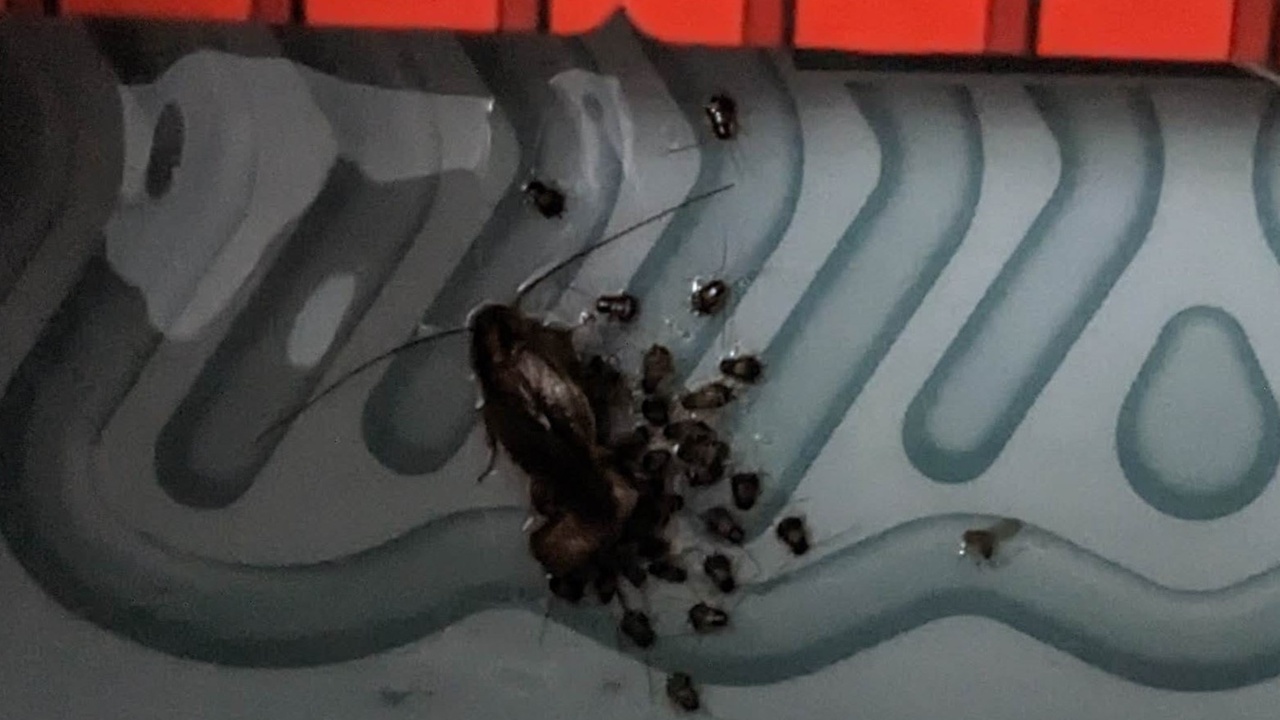
Reproductive strategy and hemimetabolous development let cockroach populations expand rapidly under favorable indoor conditions. Below are two traits—egg-case production and nymphal development—with numbers useful for predicting growth and planning control.
8. High reproductive output: ootheca and many offspring
An ootheca is an egg case that protects multiple eggs. Egg counts and production frequency vary by species: Blattella germanica oothecae typically contain on the order of 30–40 eggs, while larger Periplaneta species often carry fewer eggs per ootheca but still produce multiple cases over their lifetime.
Because females can produce several oothecae across weeks or months, a handful of reproducing females can generate large numbers of nymphs in two or three generations when indoor temperatures are warm. Extension resources and peer-reviewed studies model rapid population increases under those conditions.
That high fecundity is why control programs emphasize early detection and simultaneous treatment of harborages, rather than waiting until infestations become obvious.
9. Incomplete metamorphosis: nymph stages and rapid development
Cockroaches undergo hemimetabolous development: egg → nymph → adult, without a pupal stage. Nymphs resemble adults and occupy the same microhabitats, which means removing adults alone won’t eliminate the next generation.
Under warm indoor conditions (roughly household room temperatures), time to adulthood for common commensal species can be a matter of weeks to a few months depending on species and resources. Higher temperatures and abundant food shorten development, producing faster seasonal or outbreak dynamics in heated buildings.
Control plans that ignore immature stages—by not using baits that reach nymphal pathways or insect growth regulators where appropriate—often see populations rebound.
Adaptations & Resilience
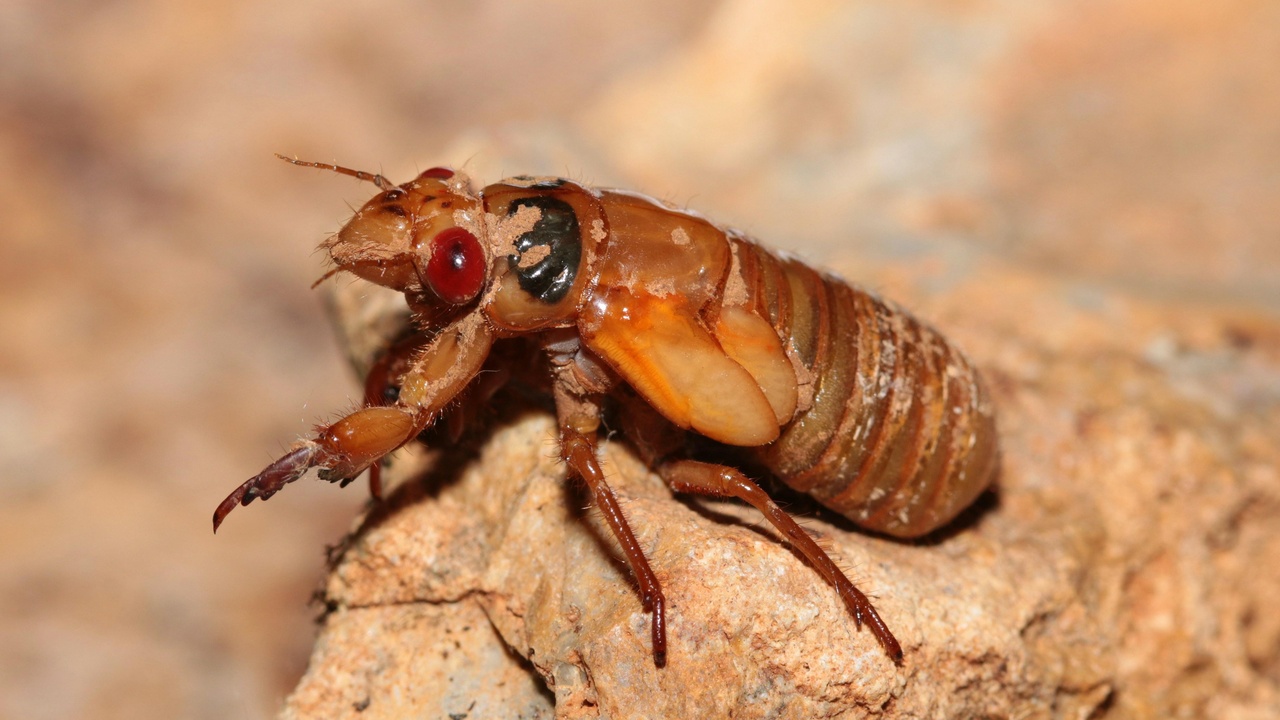
Putting together anatomy, behavior and life history explains many of the characteristics of a cockroach that make them tough tenants in buildings: they tolerate deprivation, exploit tiny openings, and persist in microhabitats humans overlook. Below is a synthesis of those resilience traits with evidence-based caveats about common myths.
10. Remarkable resilience: surviving deprivation, squeezing through gaps, and resisting many stressors
Cockroaches tolerate periods without food measured in days to several weeks depending on species and temperature; water deprivation is often more limiting, with survival typically on the order of days to around a week without free water in many commensal species. These ranges come from entomology extension summaries and laboratory survival studies.
They can flatten their bodies to pass through openings just a few millimeters wide and exploit gaps around pipes, door frames and vents. The often-cited headless-survival anecdote reflects genuine physiology—decentralized ganglia and open circulatory features allow a headless roach to survive for days—yet it’s not indefinite survival and eventual death follows due to inability to eat and water loss. Extension services caution against dramatic retellings and provide context.
Finally, popular myths—such as innate extreme radiation tolerance—are overstated. Evidence-based guidance stresses that integrated pest management (sanitation, exclusion, monitoring and targeted treatments) is the only reliable long-term approach given these resilience traits.
Summary
- Ancient lineage and efficient form: a flattened, chitinous exoskeleton and compact body plan let roaches hide in millimeter-scale gaps and resist abrasion.
- Sensory suite drives behavior: long antennae, spiny legs and cerci create a network of chemical, tactile and air-current detection that supports nocturnal foraging and rapid escape.
- Fast population dynamics: ootheca production and hemimetabolous development produce many offspring in a few generations when indoor temperatures and food are favorable.
- Durability plus opportunism: tolerance for short-term deprivation, flexible diet and aggregation pheromones make infestations persistent unless sanitation and exclusion reduce carrying capacity.
Practical next steps: inspect and seal small gaps around plumbing and appliances, remove food and grease sources, place baits in nocturnal pathways and consult local university extension or a licensed pest professional for persistent problems.
